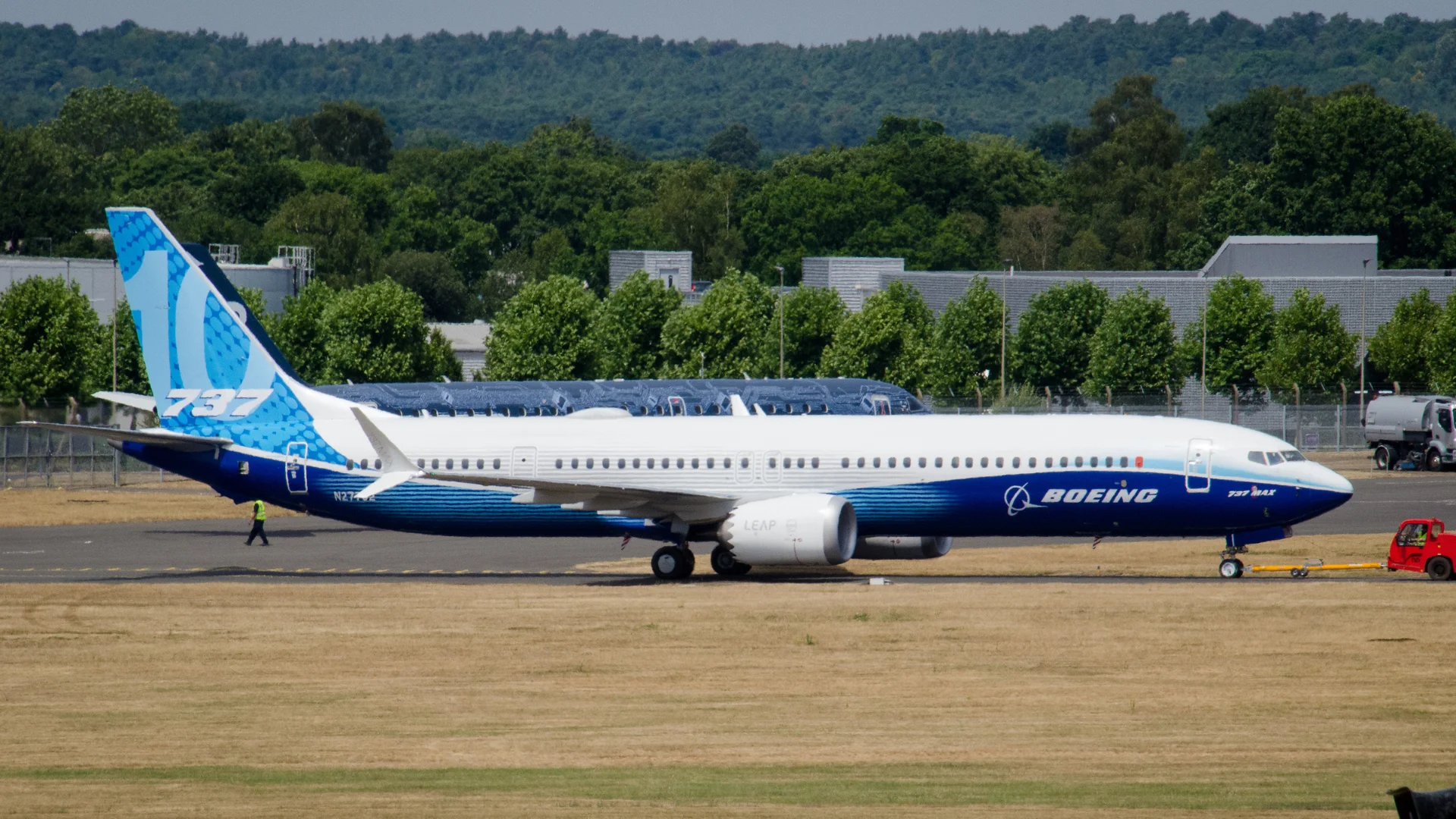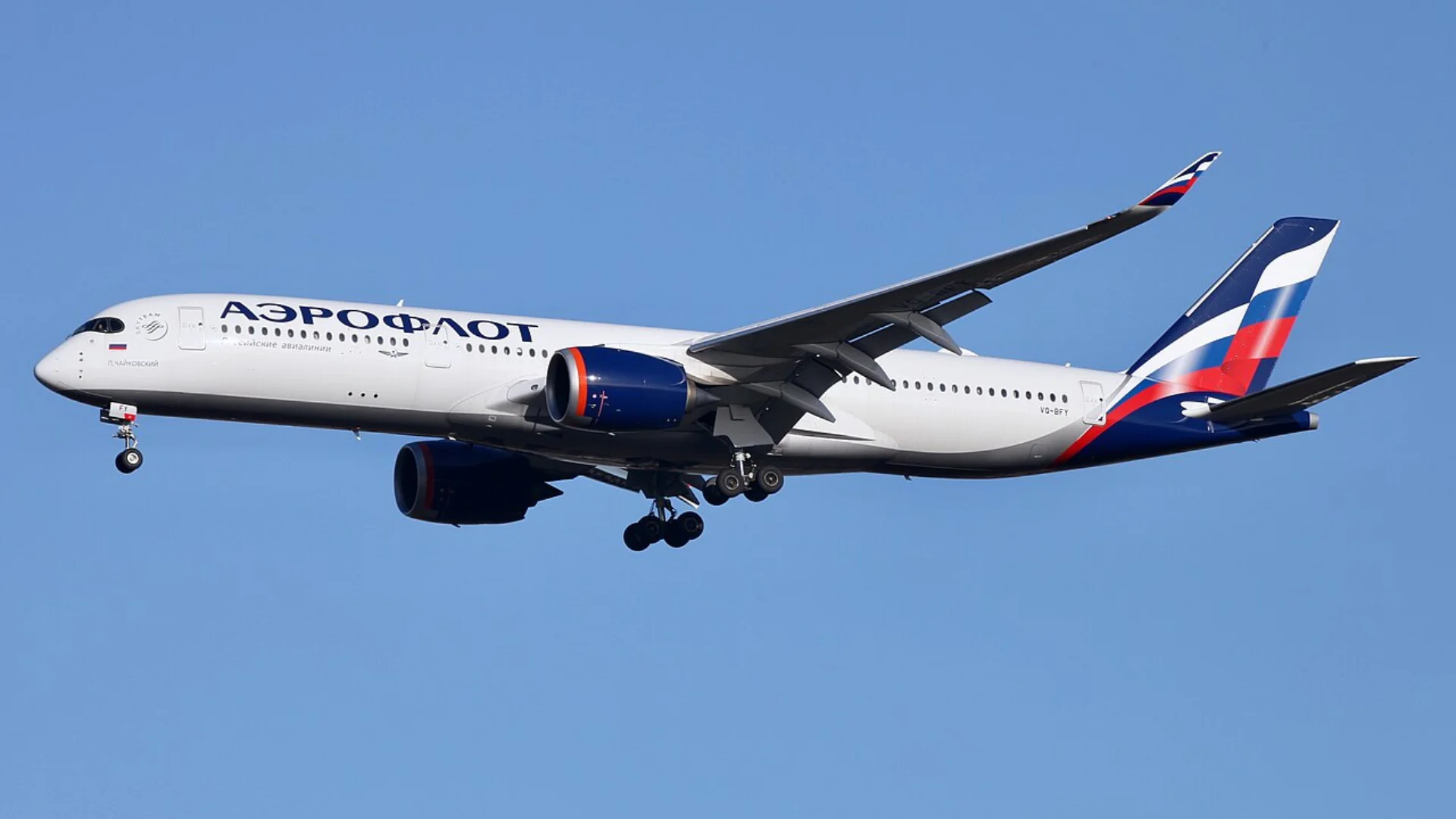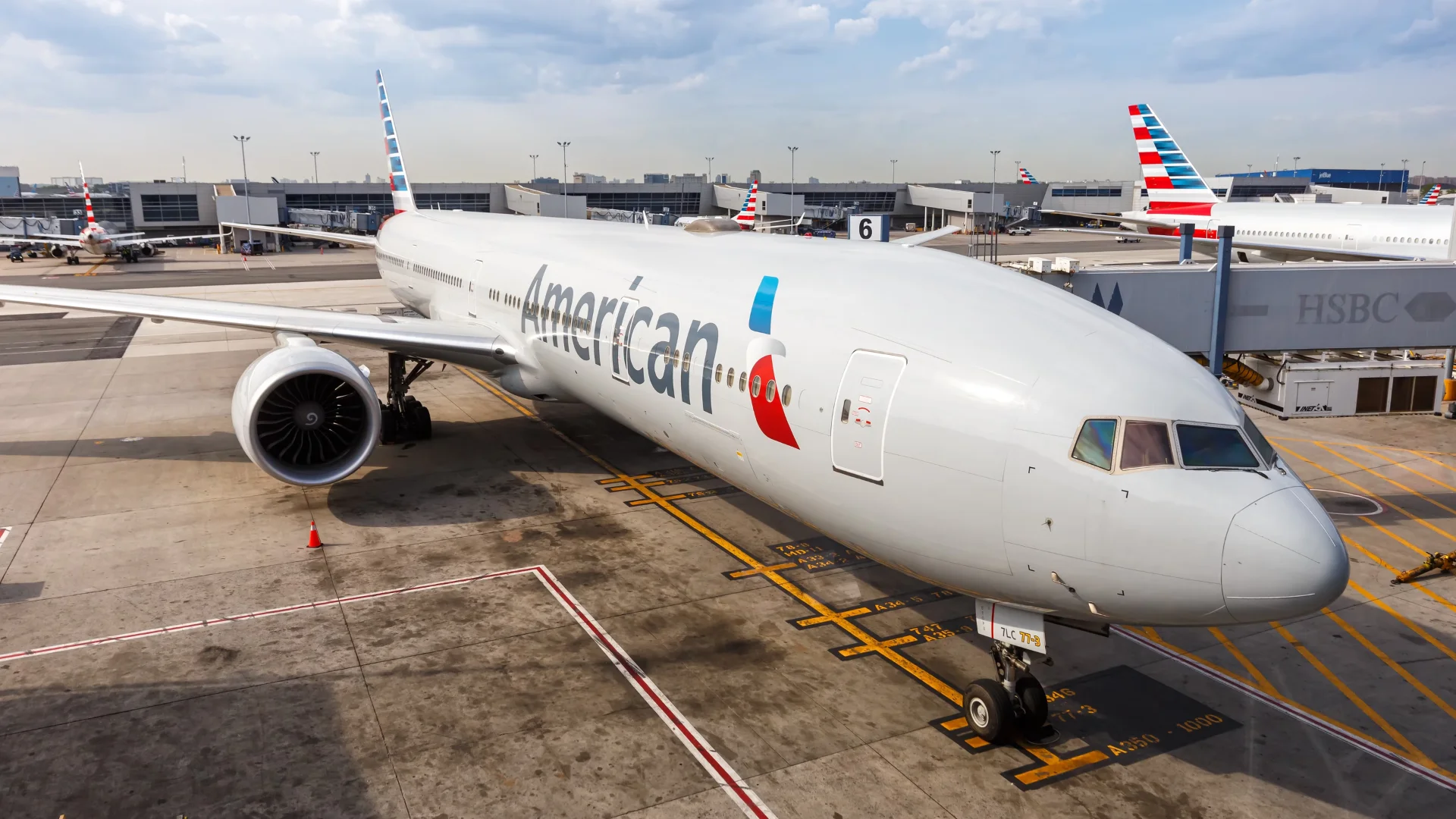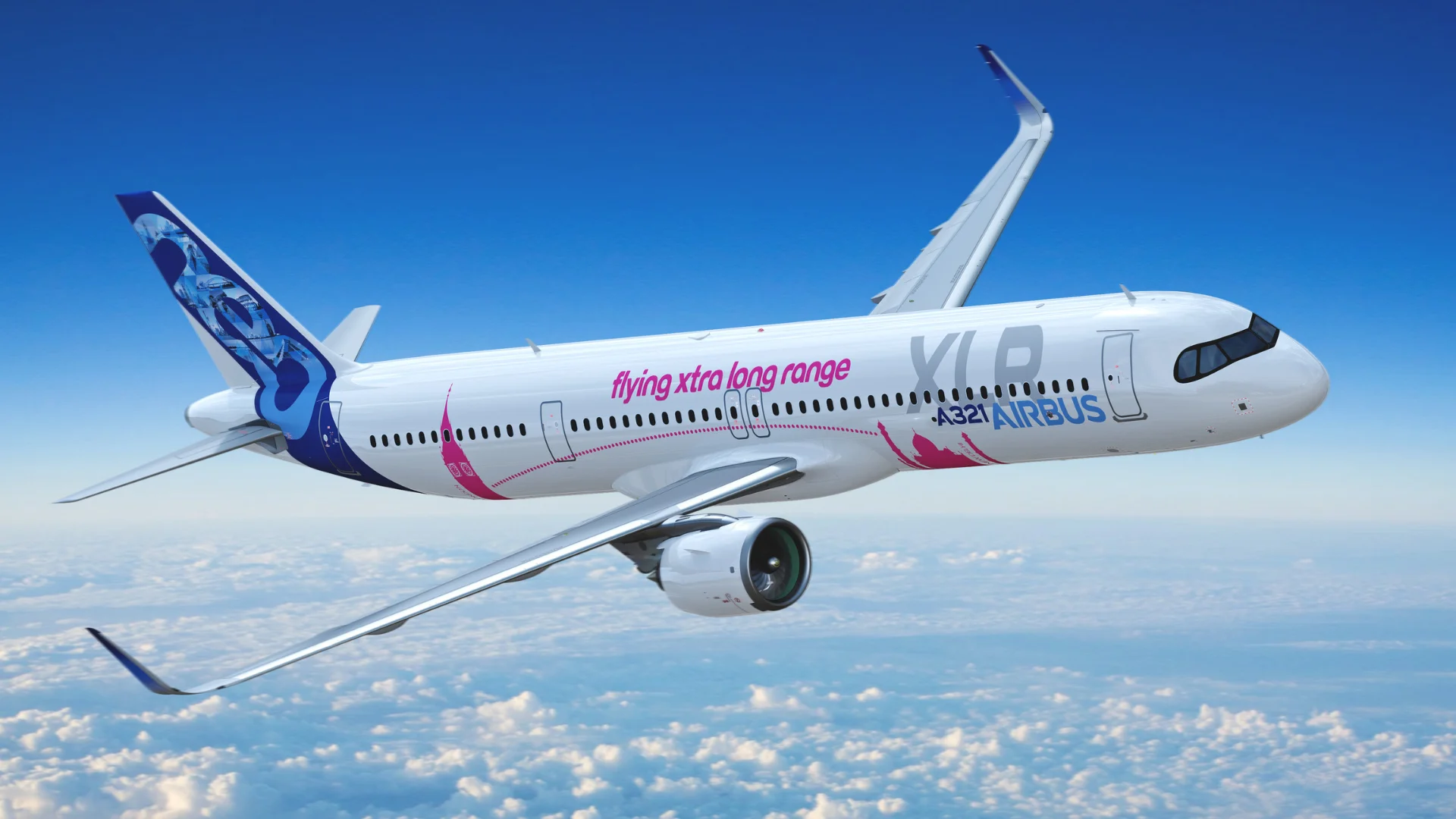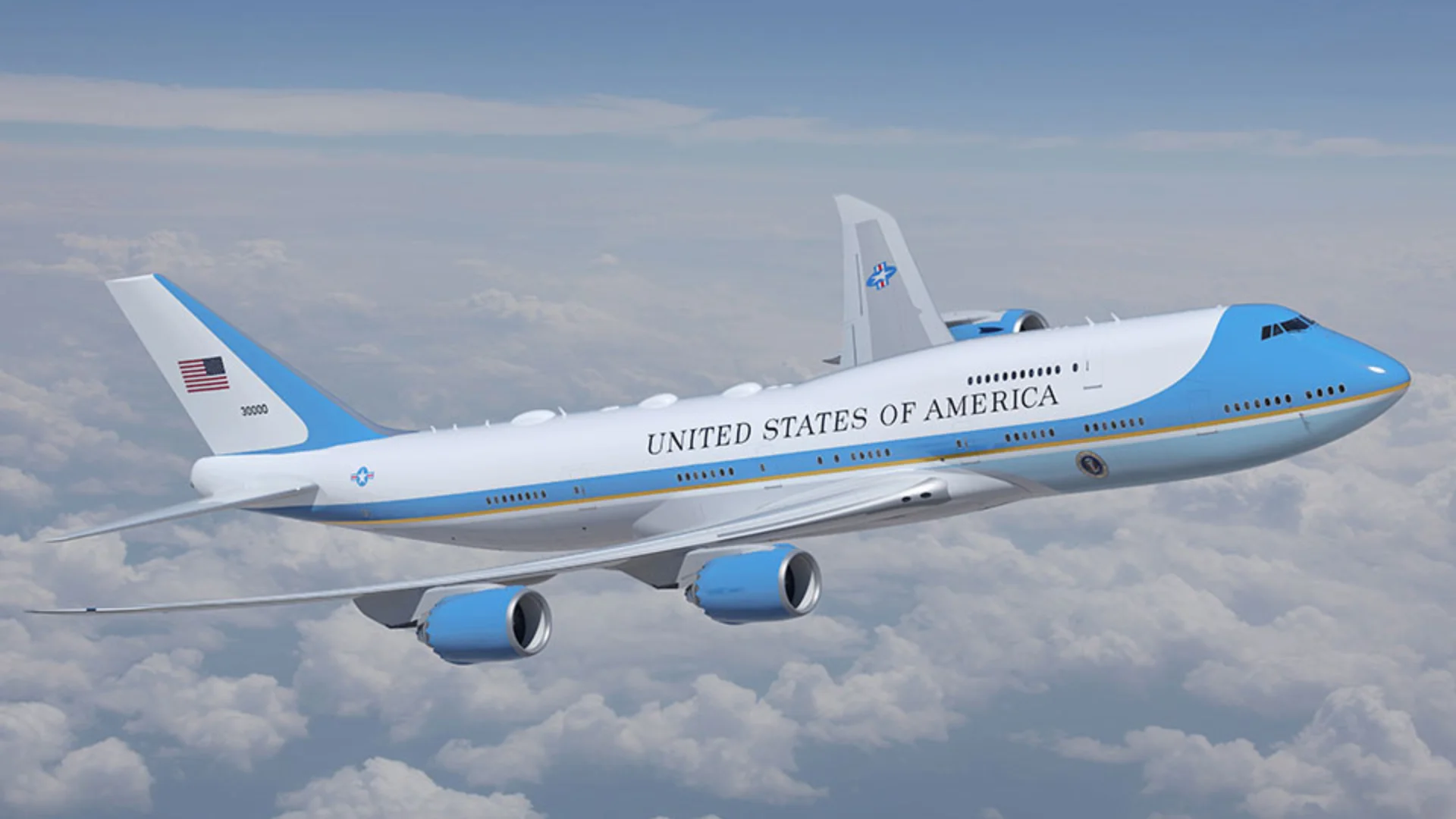The Bell X-1 is renowned for being the first aircraft to break the sound barrier, marking a significant milestone in aviation history. On October 14, 1947, US Air Force Captain Chuck Yeager piloted the aircraft over California, achieving controlled supersonic flight. This accomplishment was detailed by the National Air and Space Museum as a pivotal moment that challenged previous assumptions about aerodynamic limits.
Nicknamed "Glamorous Glennis" after Yeager's wife, the Bell X-1 reached Mach 1.06, approximately 807 mph or 1,299 km/h. This achievement demonstrated that it was possible to safely traverse what was once considered an insurmountable "sound barrier," contributing significantly to aerospace engineering advancements.
The Bell X-1 was powered by a Reaction Motors XLR-11 liquid-fueled rocket engine. The Smithsonian noted this engine's capability of producing up to 6,000 pounds of thrust. The use of liquid oxygen and alcohol as propellants required careful handling but provided necessary power for breaking the sound barrier during test flights.
 Alerts Sign-up
Alerts Sign-up






